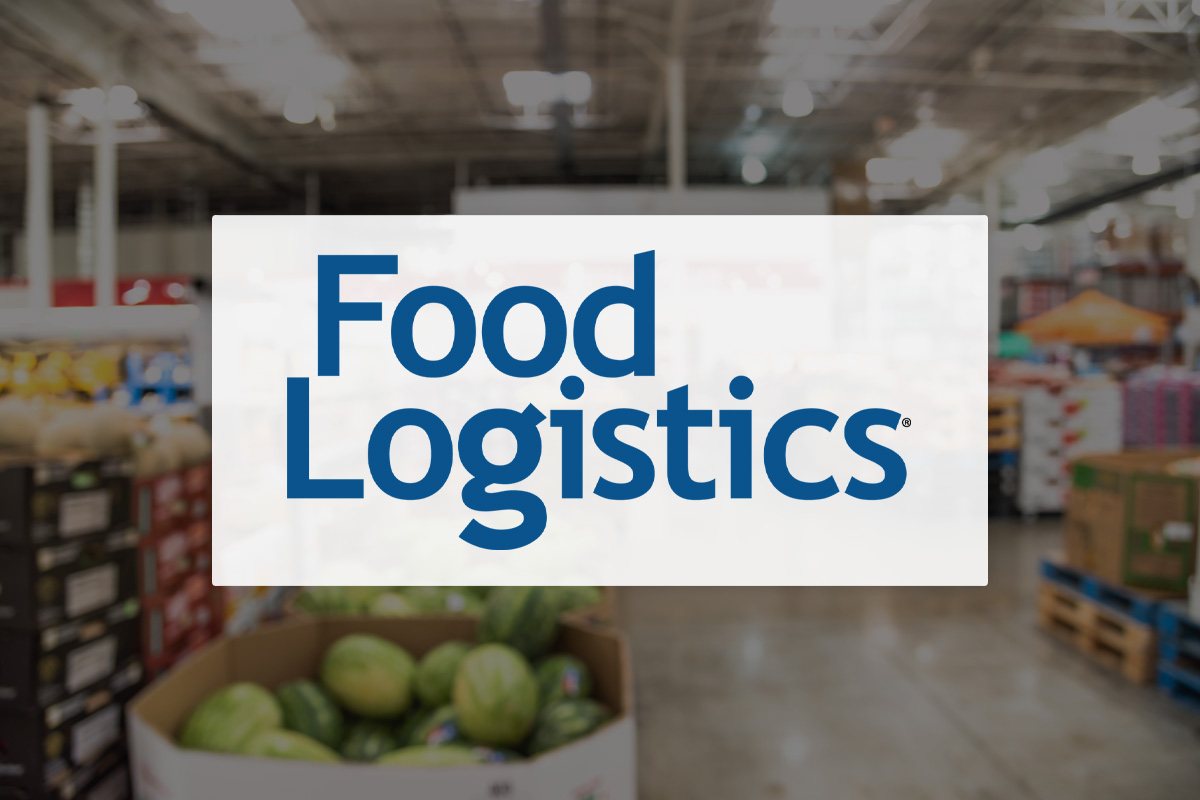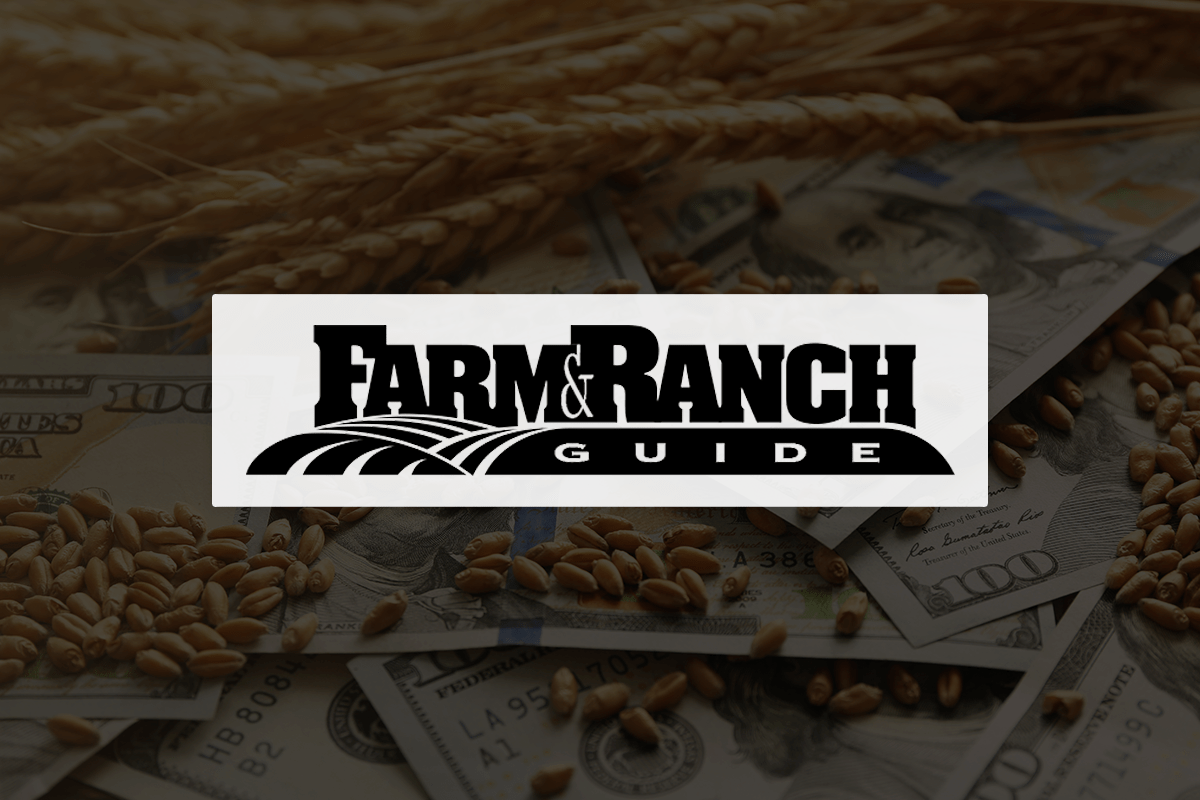[vc_row bg_type=”bg_color” bg_color_value=”#f5f5f5″ css=”.vc_custom_1618938311697{margin-top: 0px !important;margin-right: 0px !important;margin-bottom: 0px !important;margin-left: 0px !important;padding-right: 1em !important;padding-left: 1em !important;}”][vc_column][vc_column_text el_class=”article-info”]by Mike Johanns, Former U.S. Secretary of Agriculture, former Nebraska Governor & former U.S. Senator; alliantgroup Chairman of Agriculture
January 6, 2021[/vc_column_text][/vc_column][/vc_row][vc_row][vc_column][vc_column_text]As we put 2020 in the rear-view mirror, the cattle industry should be preparing now to make this year better than the last one. Unfortunately, the election has not made the future any clearer for the industry, which makes planning for 2021 a little more difficult.
Luckily, we have been having extensive conversations with our contacts in Washington so we can offer insights to beef producers on how they can better position themselves for the new year. Cash flow planning is going to be the big discussion for the cattle industry to start the year, with many in the business prepaying for feed and deferring income, but there are other powerful options out there to increase cash flow. Here are things you should discuss with your CPA as soon as possible.[/vc_column_text][vc_custom_heading text=”Another COVID-19 Relief Bill Incoming?” font_container=”tag:h2|font_size:30px|text_align:left|color:%23424242|line_height:34px” google_fonts=”font_family:Montserrat%3Aregular%2C700|font_style:700%20bold%20regular%3A700%3Anormal”][vc_column_text]The CARES Act offered distressed businesses loan options and credit programs so they would have the funds necessary to keep their employees on payroll. Congress is debating what the next package should look like, with one expected to arrive after inauguration day but both sides are still far apart on what the next package will be.
For businesses looking for relief or federally derived sources of capital, it may not be prudent to wait for the government to get it together. There are, however, federal programs that still exist that should be taken advantage of now, that are just as valuable, if not more so than things like the Paycheck Protection Program (PPP). We would certainly recommend taking advantage of the below before February, before you and your CPA will have to navigate claiming upcoming relief measures.[/vc_column_text][vc_custom_heading text=”Take Advantage of All Credits and Programs Available” font_container=”tag:h2|font_size:30px|text_align:left|color:%23424242|line_height:34px” google_fonts=”font_family:Montserrat%3Aregular%2C700|font_style:700%20bold%20regular%3A700%3Anormal”][vc_column_text]For beef producers, Section 41 is the largest federal credit available. In fact, on average it is worth five times what PPP is worth. There is also no need to pay it back and no restrictions on how to use the funds.
Beef producers can claim the credit if they are doing things to improve efficiency or yield. For instance, feedlots that are developing or experimenting with feed rations that maintains or improves the performance or health of cattle can reap significant funds from Section 41.
We’ve helped feedyards with between 20,000 and 30,000 cattle claim between $400,000 – $700,000. We’ve also helped feedyards with between 100,000 – 150,000 cattle claim between $1.5 million and $2.5 million from Section 41.
Of course all businesses in the cattle industry are different but there will likely be no bigger federal credit available to U.S. businesses now or even after the next relief package is passed.[/vc_column_text][vc_custom_heading text=”Don’t Forget About the Payroll Tax Deduction” font_container=”tag:h2|font_size:30px|text_align:left|color:%23424242|line_height:34px” google_fonts=”font_family:Montserrat%3Aregular%2C700|font_style:700%20bold%20regular%3A700%3Anormal”][vc_column_text]The CARES Act allows employers to defer paying their part of Social Security taxes through the end of 2020. The first half of the deferred amount will be due Dec. 31, 2021 and the remaining amount will be due Dec. 31, 2022. While this offers immediate liquidity to businesses in need, there may be benefits to some businesses who pay the payroll tax early so they can claim the payroll tax deduction in 2020. Definitely worth asking your CPA about as certain accounting methods may make it possible for some taxpayers to pay the taxes as late as August 2021, and still be able to claim the deduction for 2020.[/vc_column_text][vc_custom_heading text=”Did you Claim Disaster Losses for Quick Refunds?” font_container=”tag:h2|font_size:30px|text_align:left|color:%23424242|line_height:34px” google_fonts=”font_family:Montserrat%3Aregular%2C700|font_style:700%20bold%20regular%3A700%3Anormal”][vc_column_text]Certain losses caused by a disaster can be claimed on a prior year’s tax return. This allows businesses that were effected by a disruption to receive refunds quicker to mitigate damage. The Trump administration declared all 50 states as disaster areas, meaning every U.S. business may be able to claim refunds for certain types of losses due to the pandemic.
As an example, if a business suffered losses because they had to stop operations due to COVID-19, they could potentially claim those losses on an amended 2019 return to get a refund quicker.[/vc_column_text][vc_custom_heading text=”Quick Refunds from Current Losses” font_container=”tag:h2|font_size:30px|text_align:left|color:%23424242|line_height:34px” google_fonts=”font_family:Montserrat%3Aregular%2C700|font_style:700%20bold%20regular%3A700%3Anormal”][vc_column_text]Another useful provision from the CARES Act allows businesses to use current losses against past income to claim refunds immediately. There is a five year carry back for Net Operating Losses (NOLs) that arose in 2018, 2019 and 2020 for refunds against prior returns. If you faced losses, you should discuss with your CPA to see if you can benefit from this provision.[/vc_column_text][vc_custom_heading text=”Reach Out to Incentive Experts Early” font_container=”tag:h2|font_size:30px|text_align:left|color:%23424242|line_height:34px” google_fonts=”font_family:Montserrat%3Aregular%2C700|font_style:700%20bold%20regular%3A700%3Anormal”][vc_column_text]Certain tax issues will likely require the expertise of outside consultants that have familiarity with the cattle industry. Section 41 in particular can require consultants that have handled the industry before. If your business can benefit, reach out to alliantgroup before the end of the year.[/vc_column_text][/vc_column][/vc_row][vc_section][vc_row][vc_column][vc_separator][/vc_column][/vc_row][vc_row css_animation=”fadeInRight”][vc_column][vc_custom_heading text=”About the Author” use_theme_fonts=”yes” css=”.vc_custom_1621268389440{margin-bottom: 20px !important;}” el_class=”alt-h1″][/vc_column][vc_column width=”1/4″][vc_single_image image=”18974″][/vc_column][vc_column width=”3/4″][vc_column_text]Mike Johanns was the U.S. Secretary of Agriculture from 2005-2007 as well as the Governor of Nebraska from 1999-2005 and the state’s U.S. Senator from 2009-2015. As alliantgroup’s Chairman of Agriculture, Johanns brings more than 30 years of experience at virtually every level of government and a strong background in both agriculture and economic development. As the Secretary of Agriculture, he managed 18 different agencies, opened or expanded access to 40 international markets and was responsible for multiple agricultural breakthroughs as a negotiator for the Doha Development Round.[/vc_column_text][/vc_column][/vc_row][vc_row][vc_column][vc_separator][/vc_column][/vc_row][/vc_section][vc_row][vc_column]
Connect With Us!


